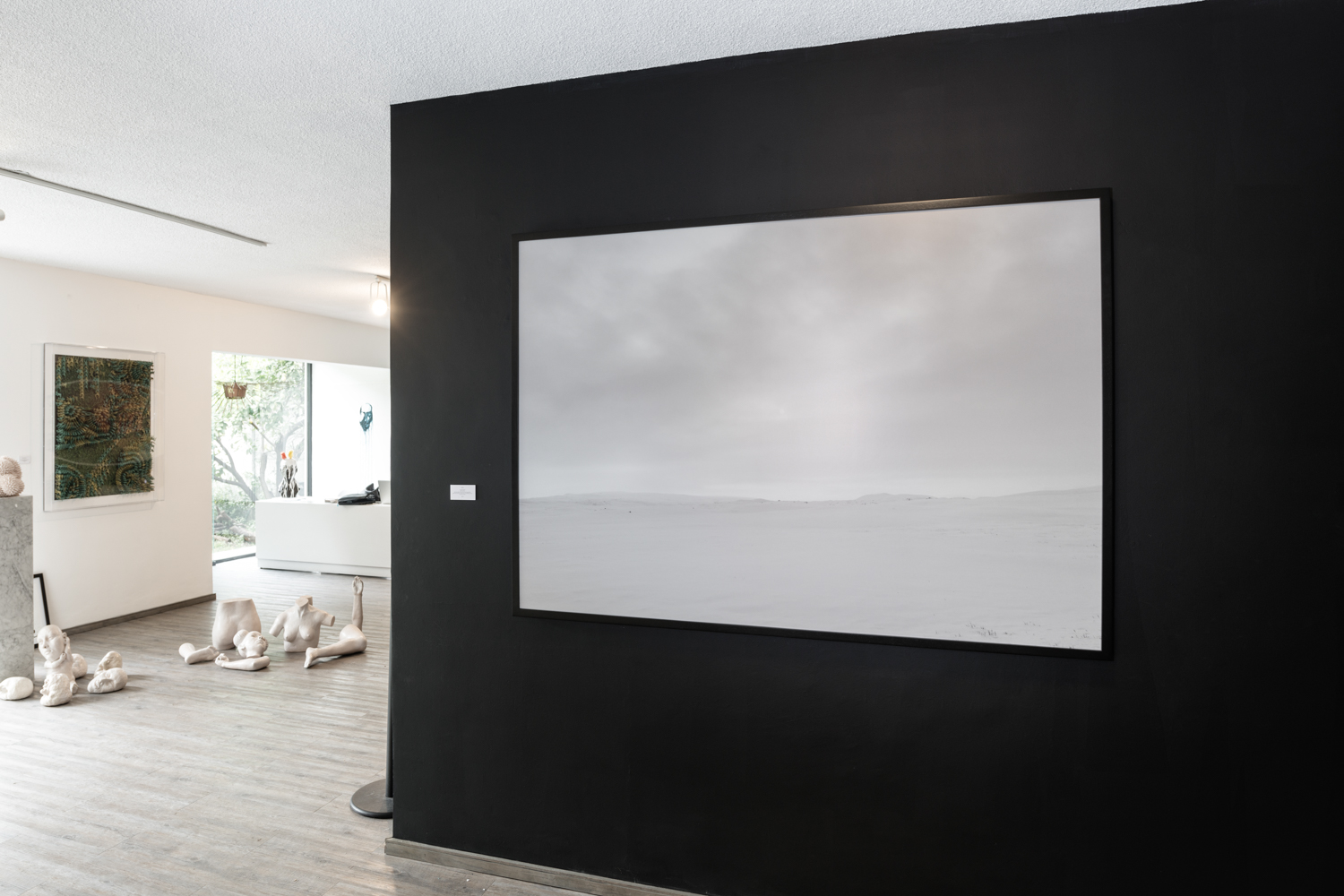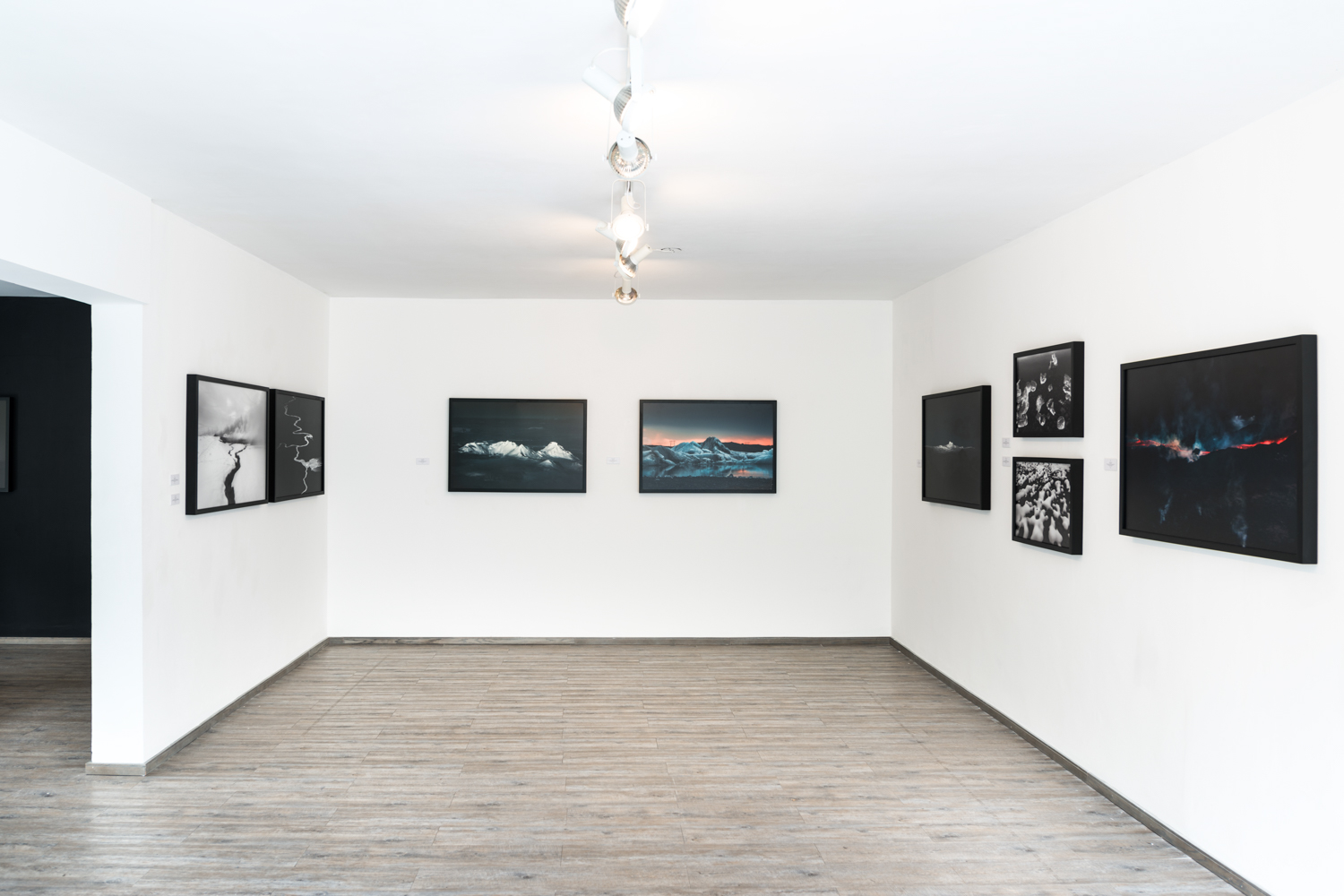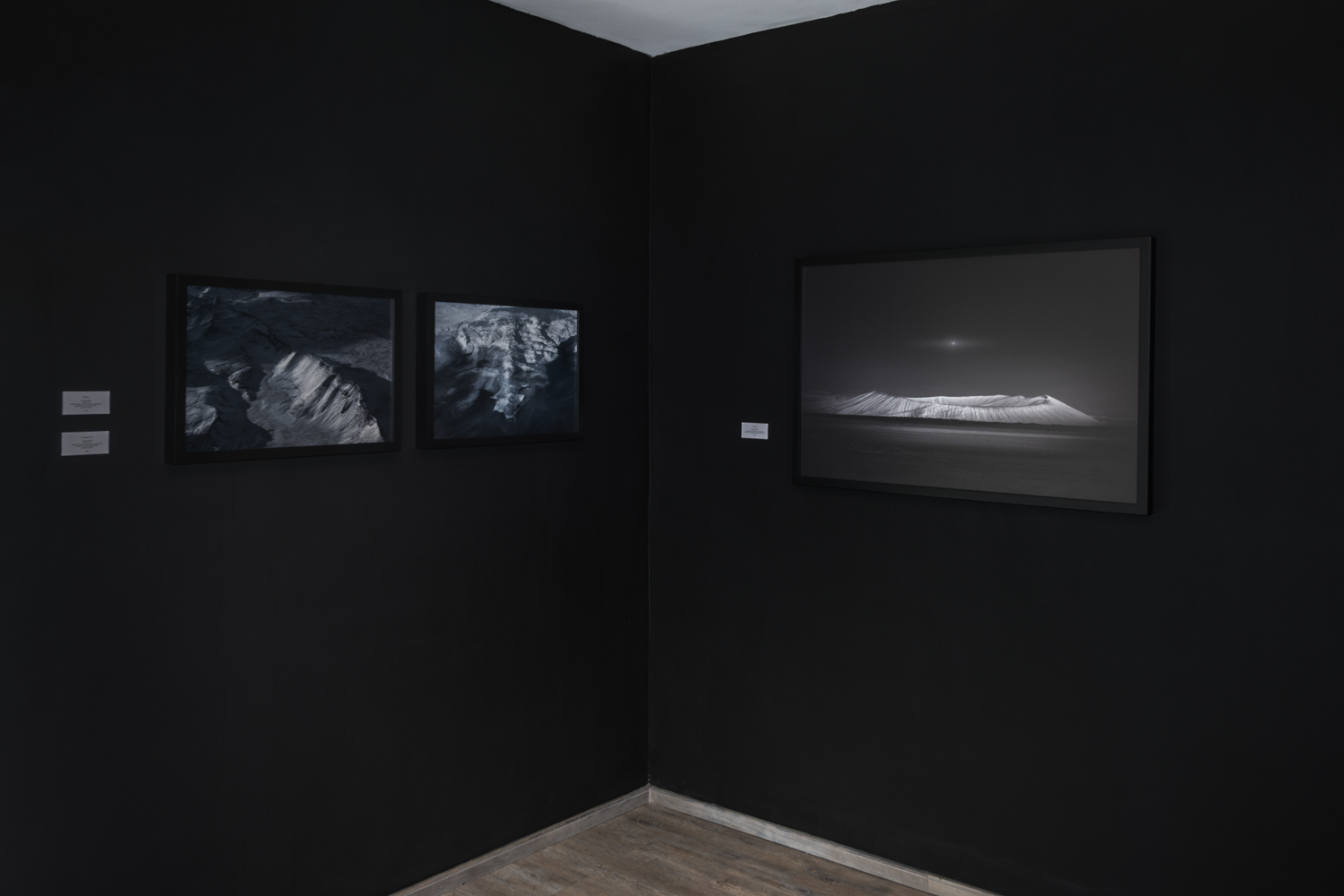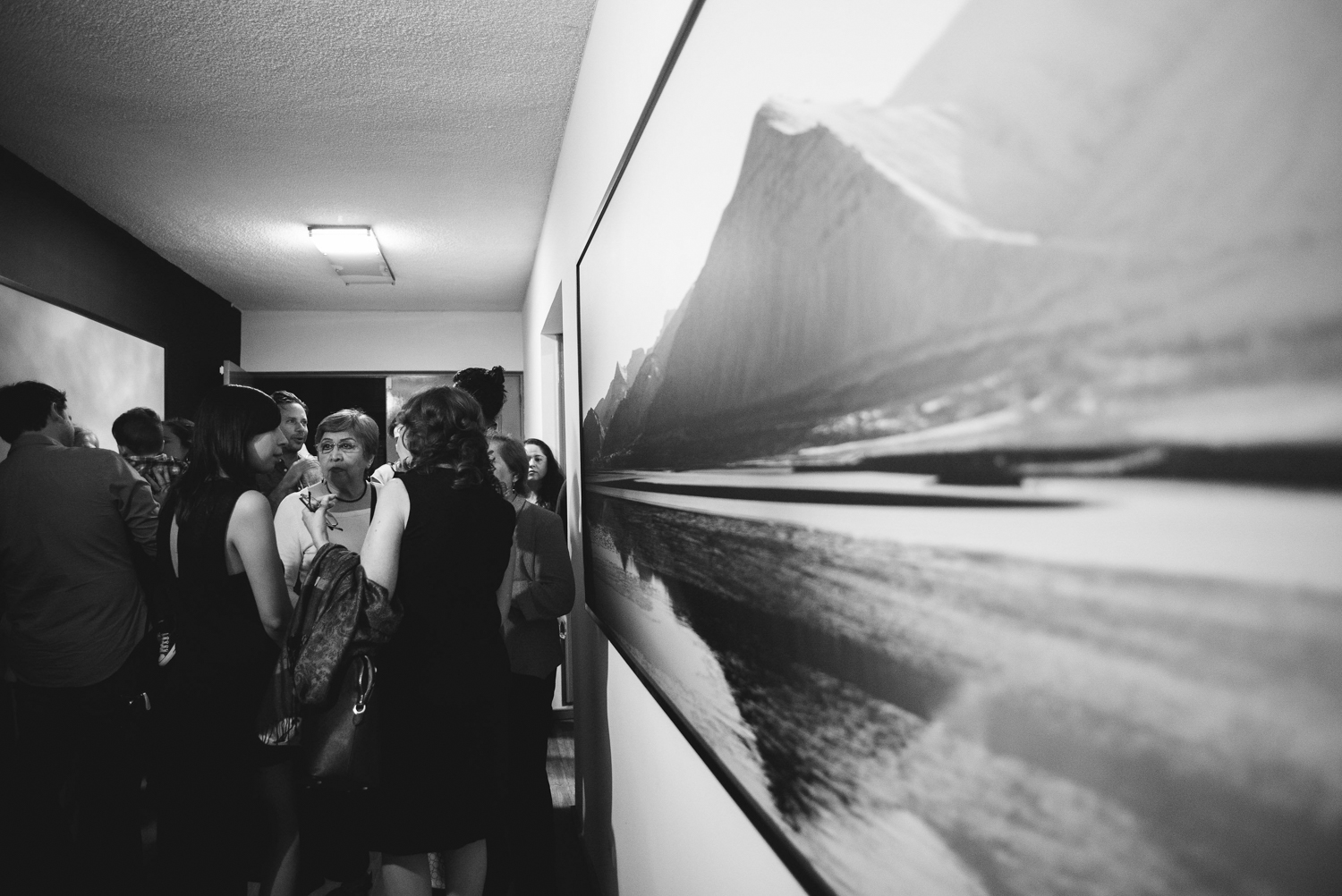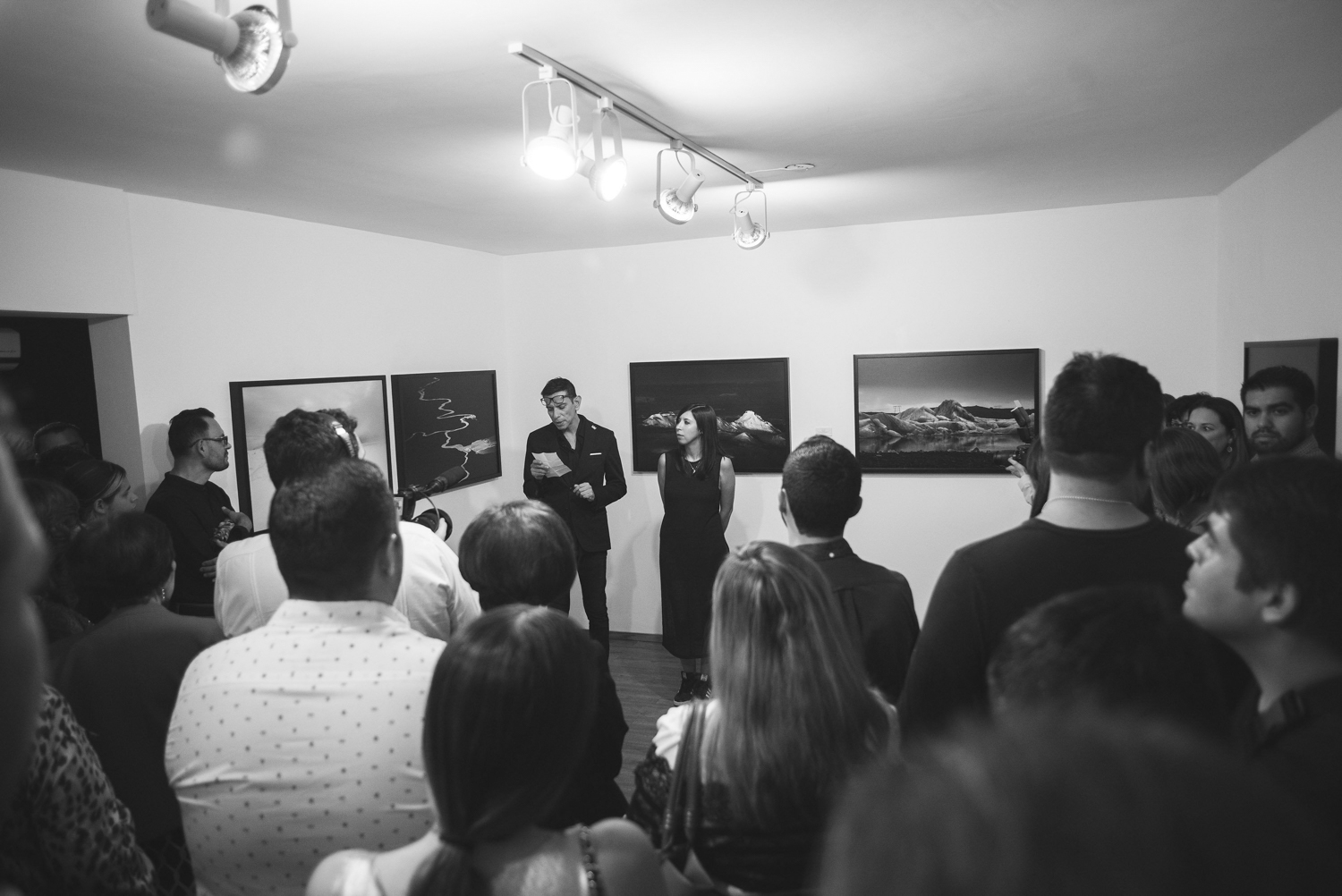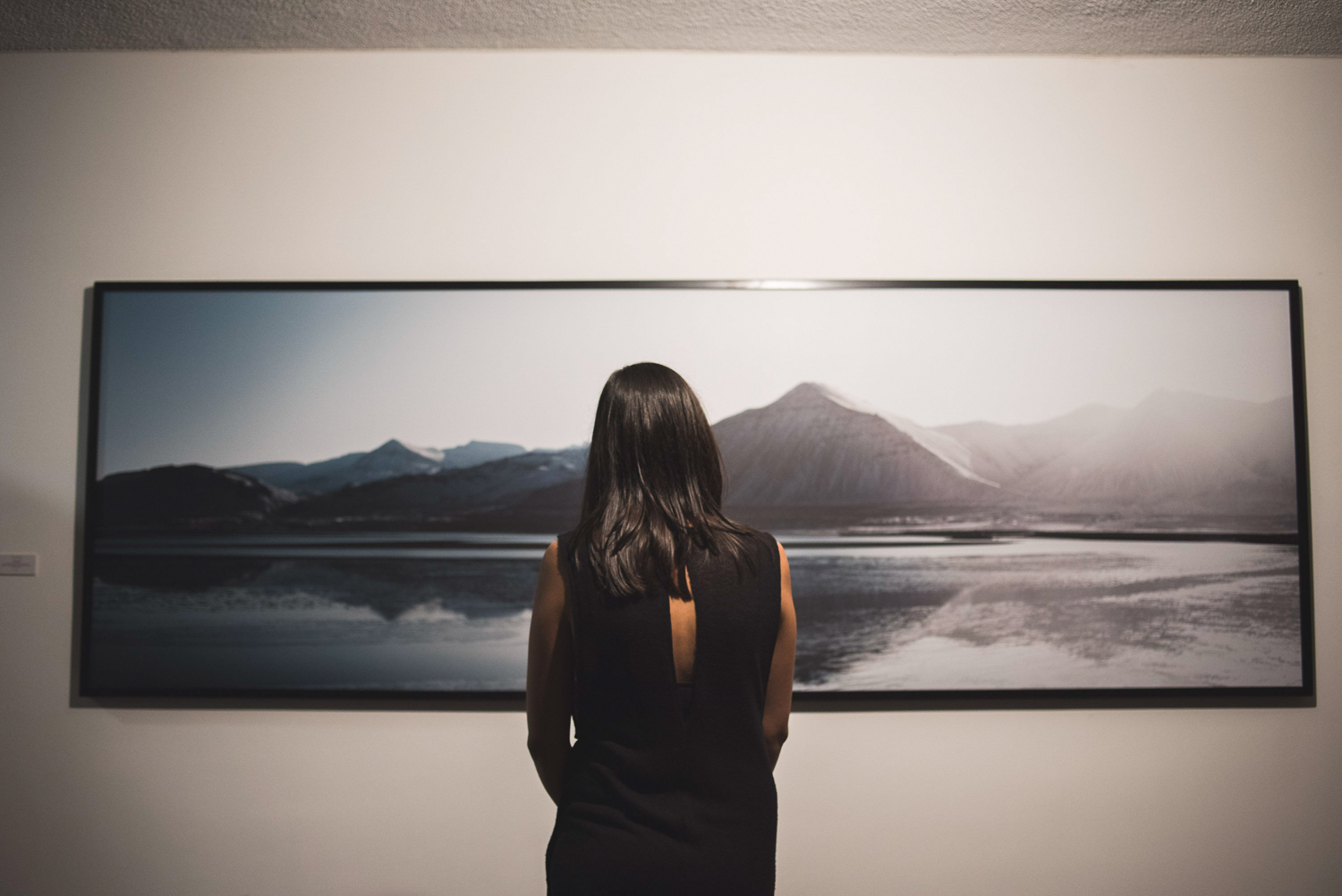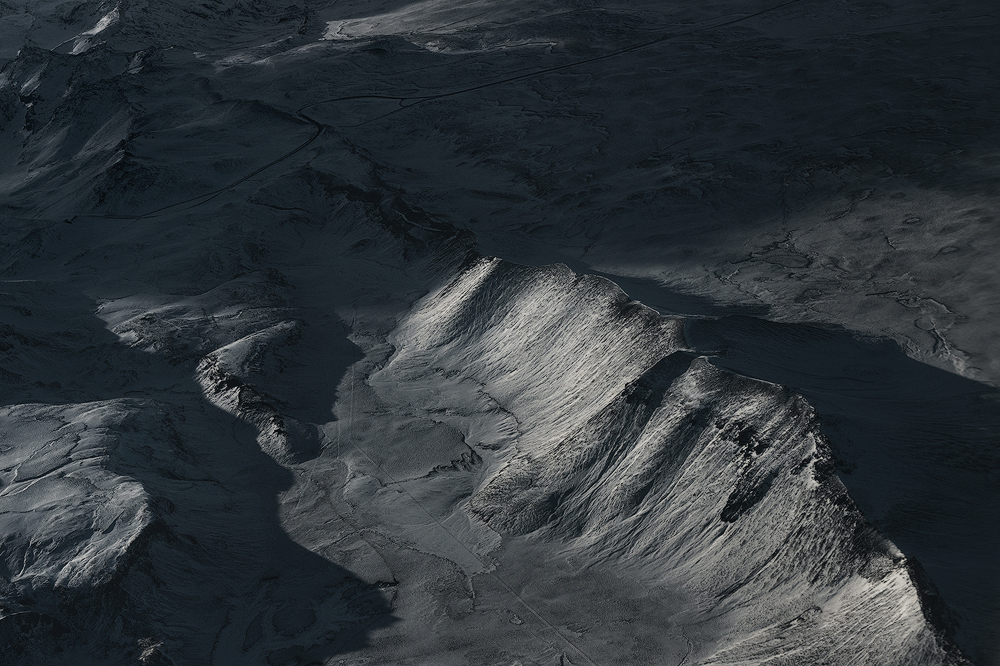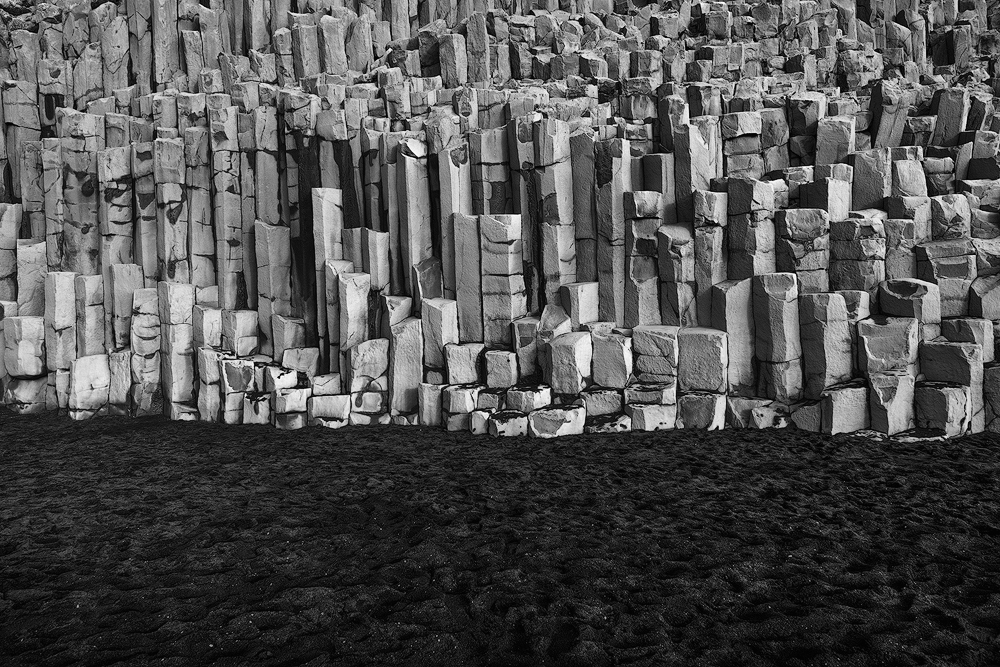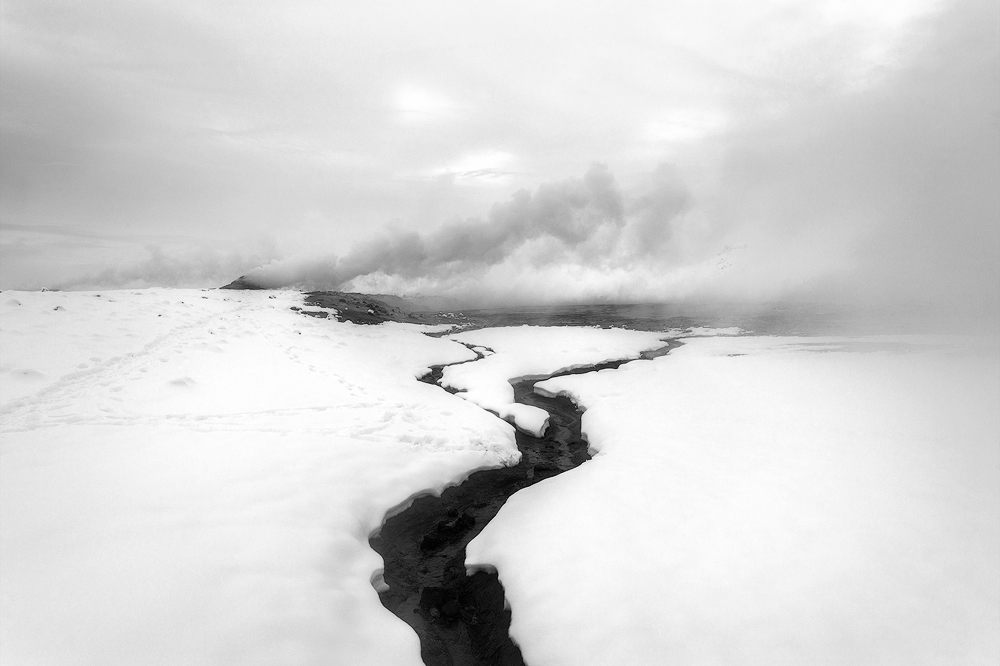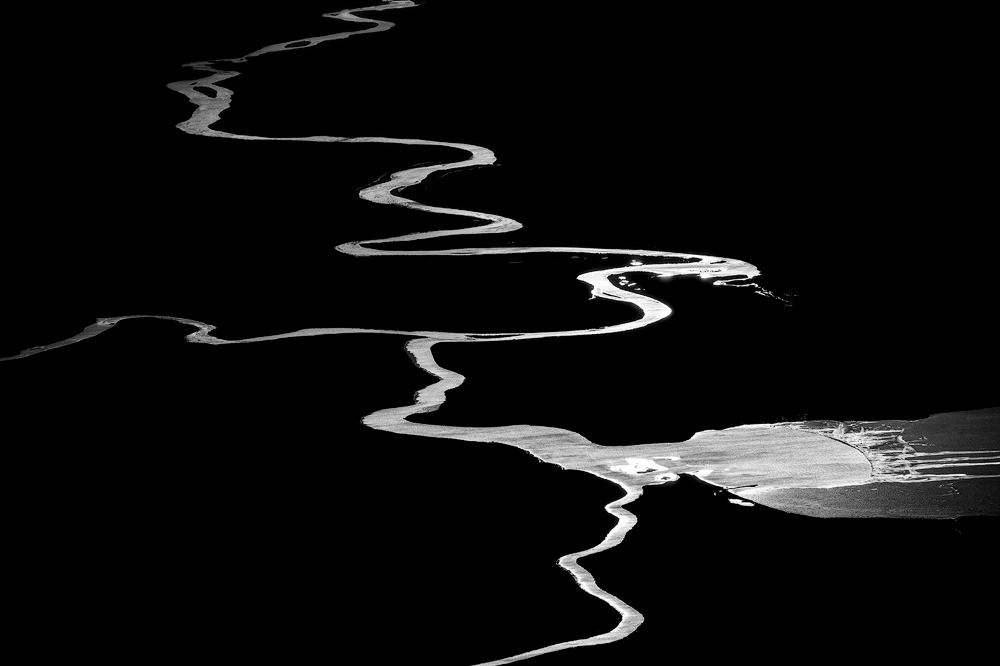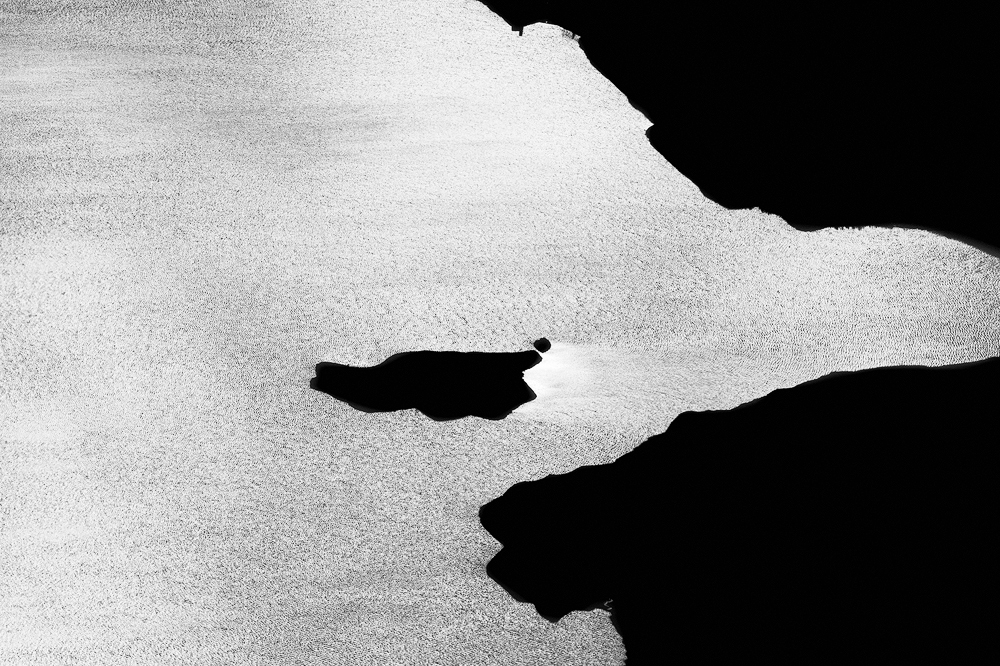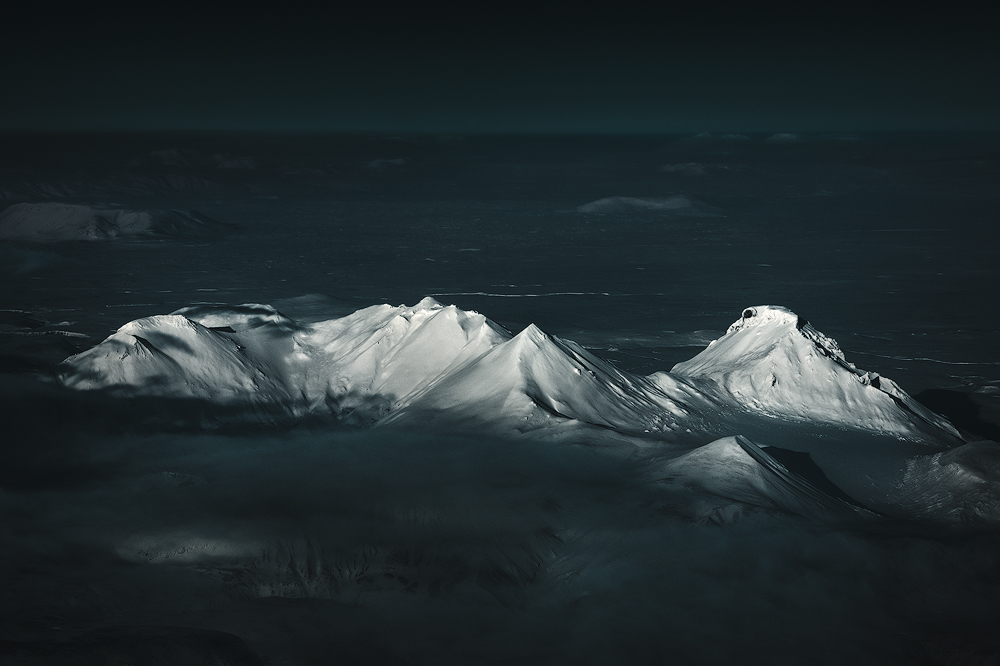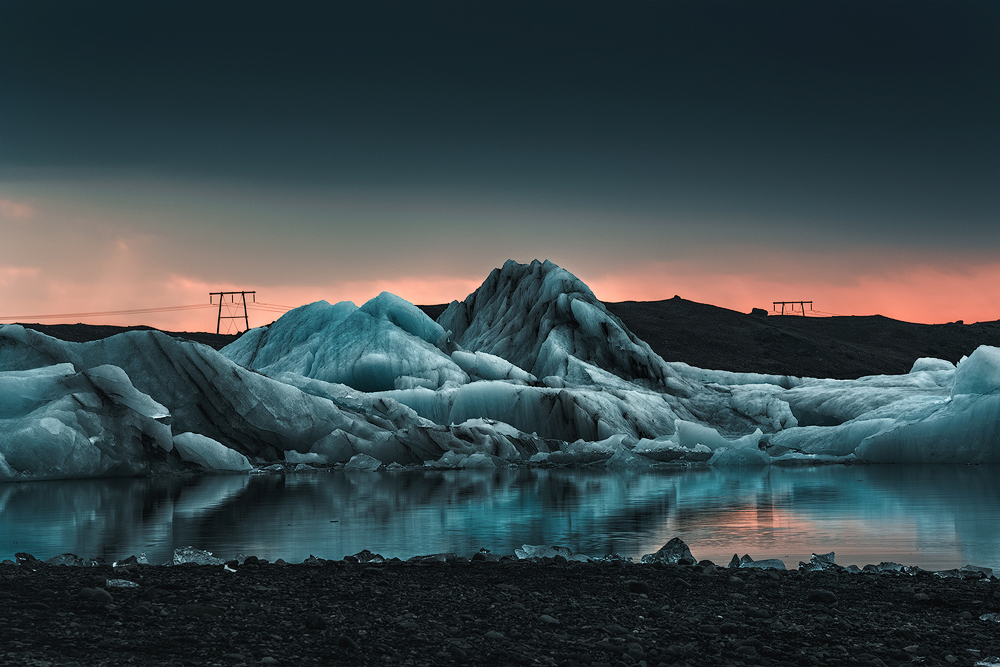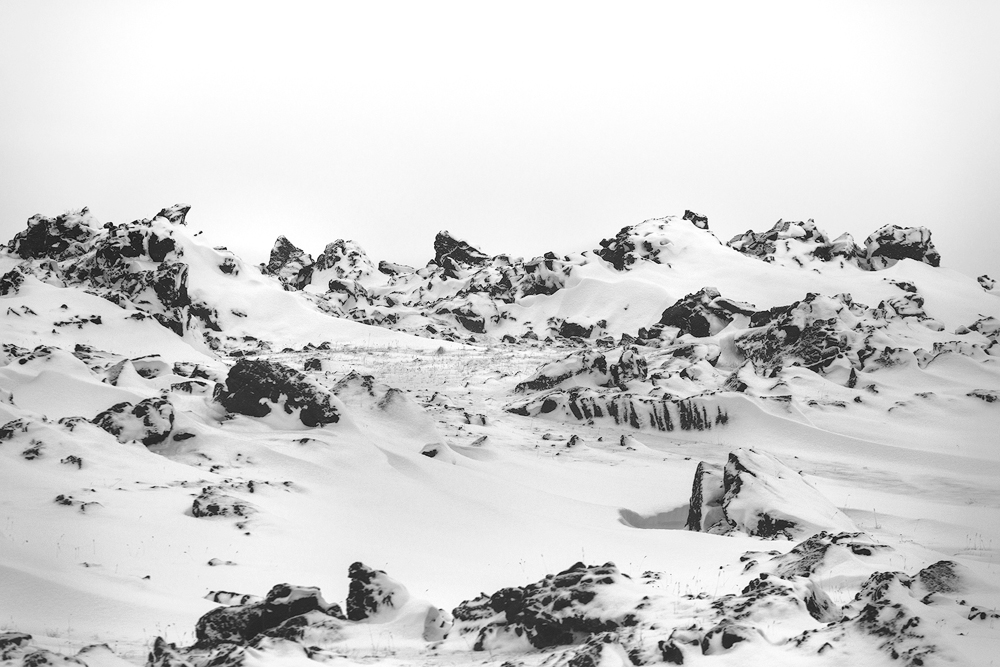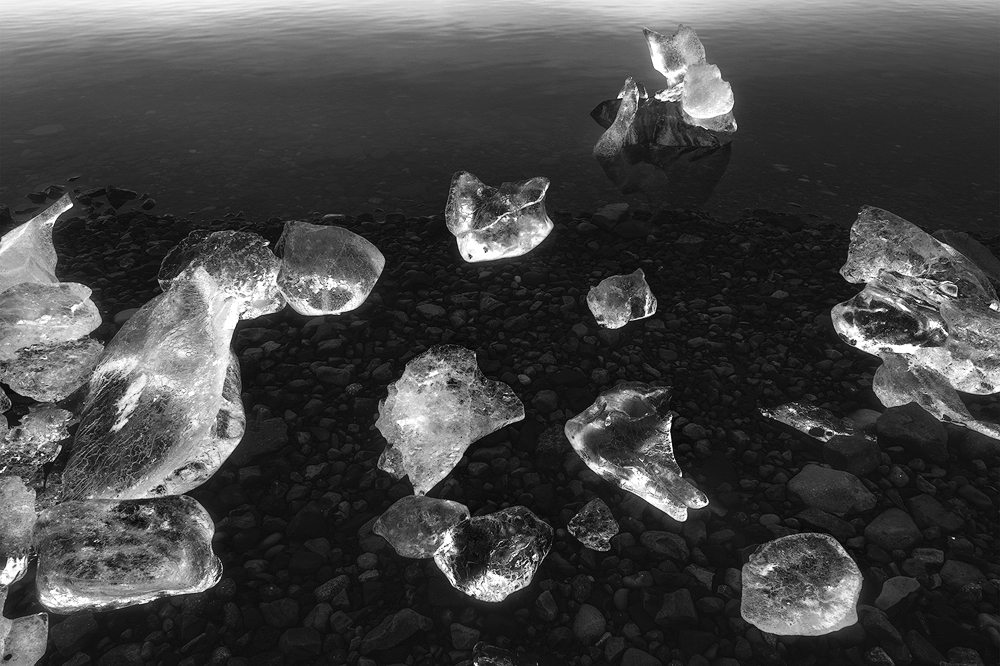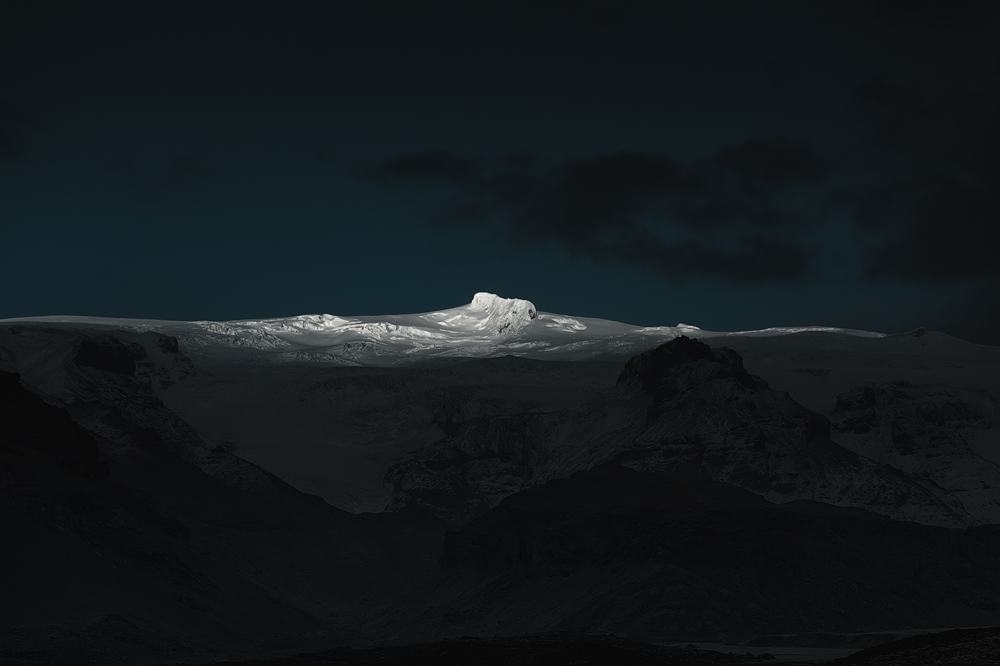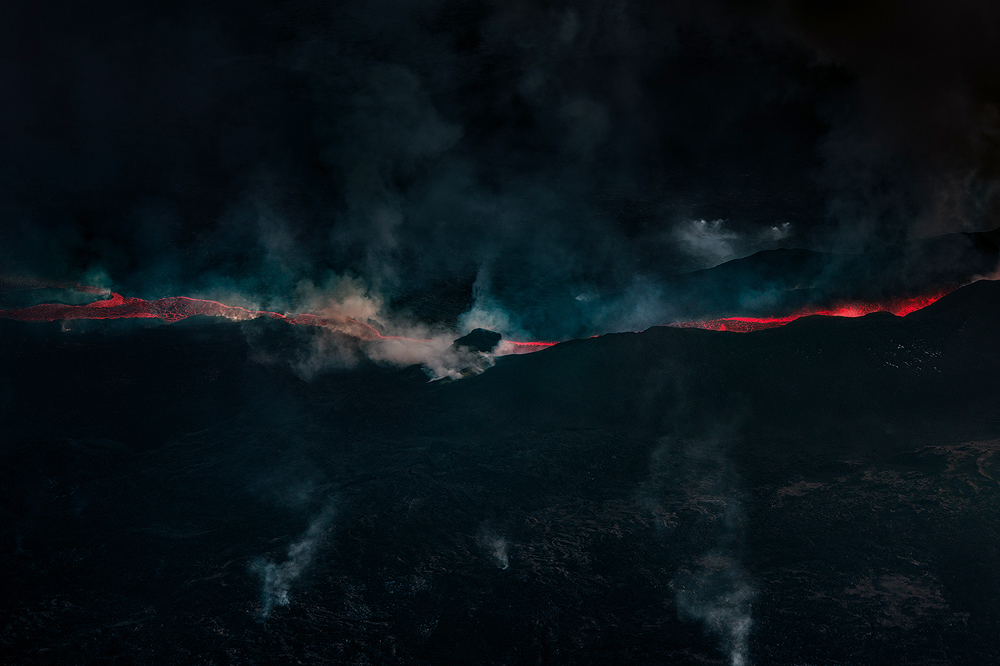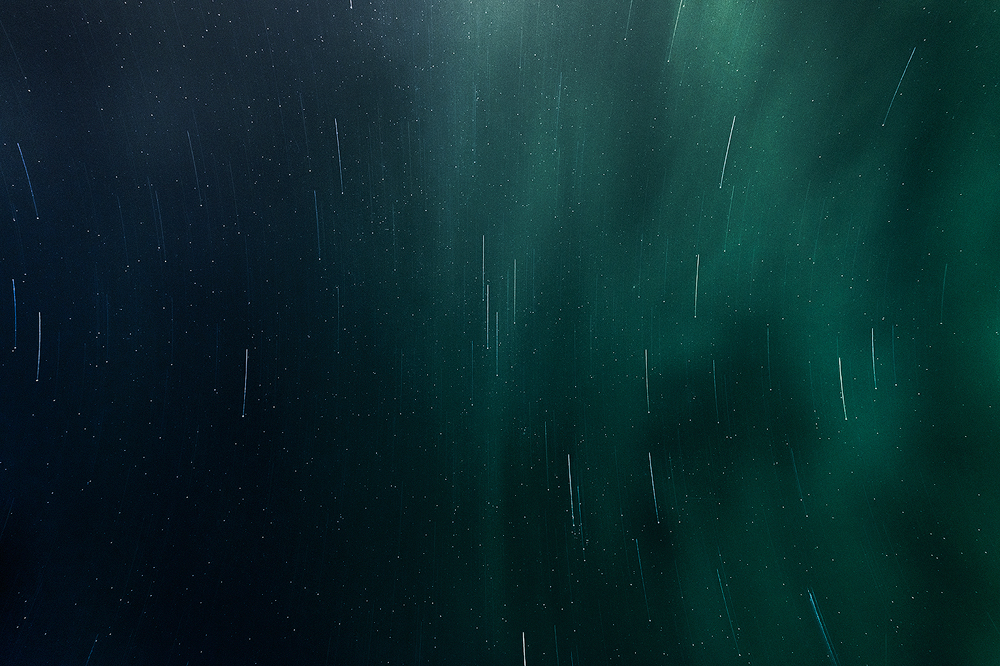After — Life 2015
Photography 2016
To think about the phenomenological condition of post-nature is to think of something that moves through the environmental consequences occurring nowadays. This can be envisioned from a point of view that relates the connections between the impacts of human activity (1), ecology, politics (2) and geological time. In addition to this, the appearance of a “hybridized nature” takes place, downloaded from models that have been generated in the digital realm, and physically integrated into the urban landscapes of emerging economies (3), as if it were a technological replacement.
It is from this projection of less favorable scenarios that AFTER — LIFE 2015 contemplates the chance of conceiving the development of a new natural order from the very boundaries between science and fiction; a certain kind of “post-nature” displayed from a set of images as a sequence of geography depicting its own evolution, continuously unfolding fragments as a reference for the condition of nature itself, emancipated from any human intervention, exposed as it is among the intensity of chaos and tension, distance and closeness, and event scale. So, the series aims to be a meta-narrative that deals with the contingency of a possible future.
1. Capitalocene is defined as a political and economic system that has no boundaries; where life in general and the planet itself are regarded as simple resources. 2. The Kyoto Protocol is part of the UN Convention on climate change; it is an international agreement that aims to reduce emissions of greenhouse gases that cause global warming. Worst case scenario, governments and corporations have been able to turn the Protocol into a speculative market where pollution rights are sold amongst them. 3. Nature is simulated in “The Gardens By the Bay”; Singapore’s billion-dollar infrastructure, where clusters of vertical gardens, modeled on 50 meters tall tree forms, punctuate the city’s landscape.
Text: Francisco Benítez
NYDIA LILIAN, 2024
COPYRIGHT - ALL RIGHTS RESERVED
